CBD vs. CBDA: Differences and Uses
Summarize
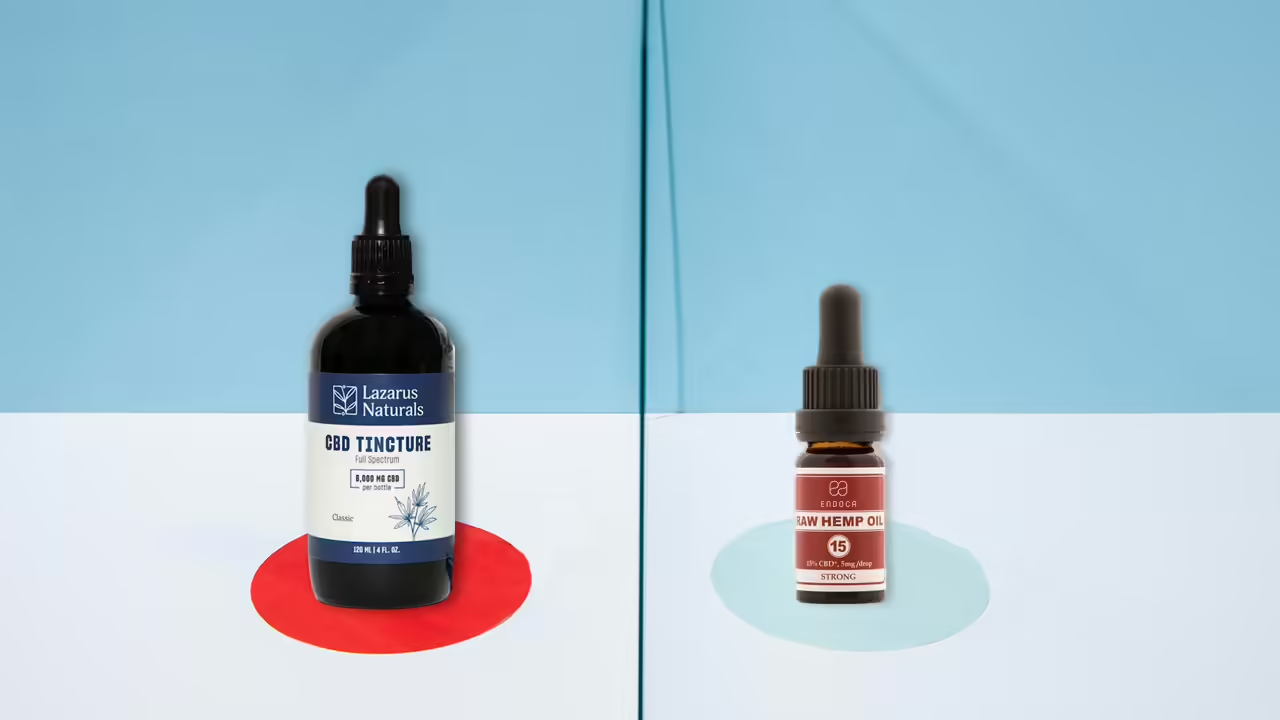
You may be seeing more online discussions about the therapeutic value of CBDA or have browsed products and discovered there are oils and softgels made with extra CBDA. CBDA is the acidic precursor to CBD. The research on CBDA is quite limited, but what has been learned to date is that CBDA may be more potent than CBD in addressing specific wellness issues.
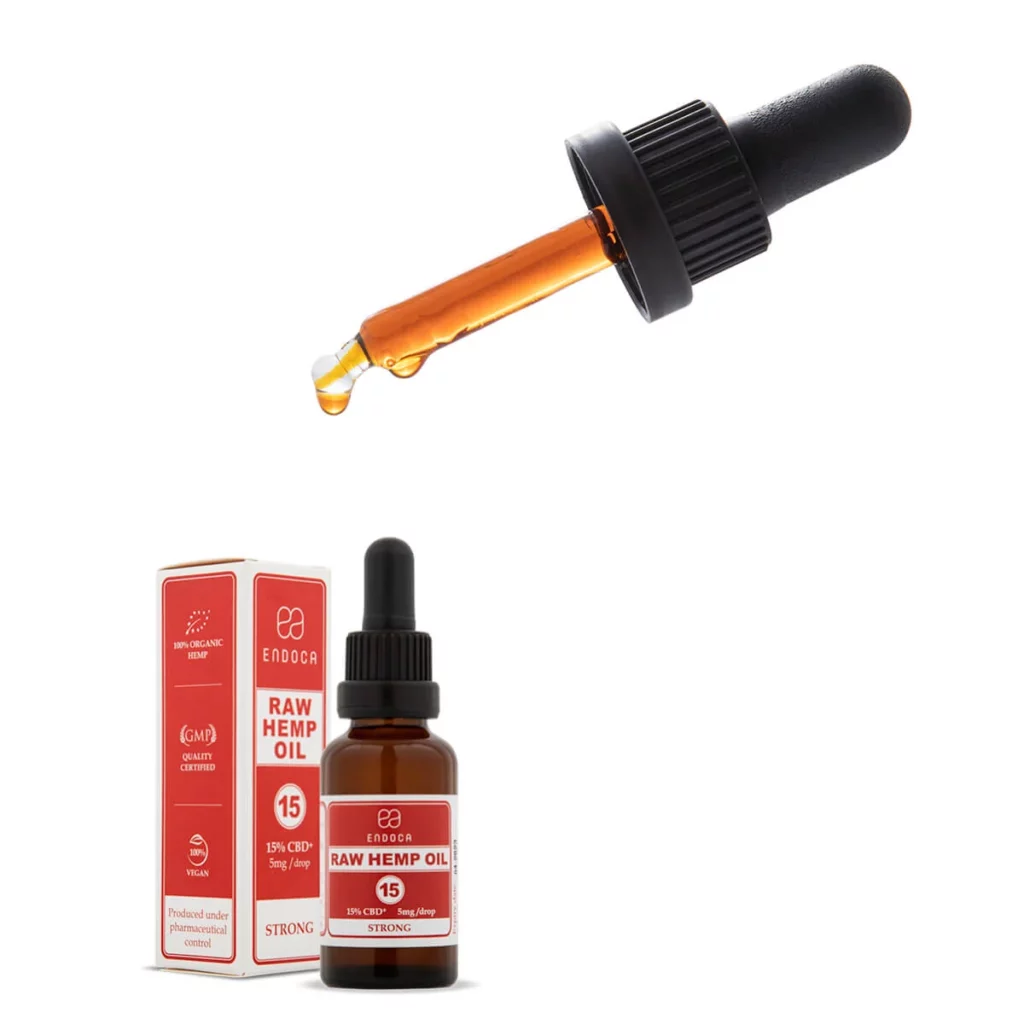
TL;DR (Too Long; Didn’t Read):
CBDA is the acidic precursor to CBD and is found in the cannabis plant. When the cannabis plant, including the hemp plant, is subjected to heat, it goes through decarboxylation and forms CBD. The limited research available has found that CBDA may deliver benefits similar to CBD, but the CBDA cannabinoid is more potent. You can buy CBD products supplemented with CBDA or CBDA isolate.
Table of Contents
What is CBD?
CBD (cannabidiol) is a compound in the cannabis plant. Cannabis sativa L. is a variety of cannabis plants called hemp that has no more than 0.3% THC per dry weight to meet the requirements of the 2018 Farm Bill and its amendments for sourcing CBD.
CBD is one of more than 120 cannabinoids in the hemp plant. CBD and THC are considered the major hemp plant cannabinoids because they are found in the largest concentration in cannabis plants. Cannabinoids are naturally occurring compounds in the cannabis plant. The collective term is phytocannabinoids, indicating that compounds like CBD are plant-based.
How Does CBD Work?
CBD is a cannabinoid that interacts with the endocannabinoid system (ECS). The ECS helps the body maintain homeostasis. CBD is one of more than 120 cannabinoids in the hemp plant, and research has found it may have therapeutic benefits.
Unlike THC, the other major cannabinoid, CBD is not psychoactive. This is likely because it does not bind directly to the CB1 or CB2 receptors in the ECS, so does not act like THC. It has a weak affinity for CB2 but acts like an agonist, meaning it limits the receptor activity that may cause several health issues. This action makes CBD a potential therapeutic.
How to Use CBD?
There are many ways to use CBD.
- CBD oils, drops and tinctures that are swallowed or taken sublingually
- CBD softgels, capsules and pills
- Edibles and gummies
- Drinks
- Crystal isolates
- Topical products
Your CBD regimen depends on many factors, including product potency and the purpose of taking it. For example, if you are taking CBD to improve sleep, you will take CBD oil, softgels or gummies an hour before bedtime. If taking CBD for energy, you may take a CBD softgel in the morning and again later in the day. The CBD brand’s product will have a recommended dosage amount that beginner users should follow.
Sublingual administration of CBD oil is the best way to experience the CBD effects as quickly as possible. CBD can reach the bloodstream much faster than a CBD product that goes through the digestive system before reaching the bloodstream.
What is CBDA?
CBDA (cannabidiolic acid) is the acidic precursor to CBD. It is found naturally in the cannabis plant. In chemistry, an acidic precursor is a compound that undergoes a chemical reaction leading to the production of another compound. As the main phytocannabinoid in the hemp plant, a large amount of CBDA is present until the plant is heated and undergoes a chemical composition change.
CBDA undergoes decarboxylation to become CBD. Decarboxylation occurs when CBDA is exposed to heat and air. The carboxylic acid chain on the CBDA molecule breaks down, forming CBD. CBDA can be exposed to heat naturally in the environment or in a laboratory. Researchers have found that the amounts of CBDA reduced and CBD increased depend on how long the plant material is exposed to a high temperature.
Decarboxylation occurring naturally as the hemp plant ages is a slower process compared to using artificial heat, like an oven. Therefore, more CBDA is found in younger raw hemp plants, and more CBD is found in mature plants.
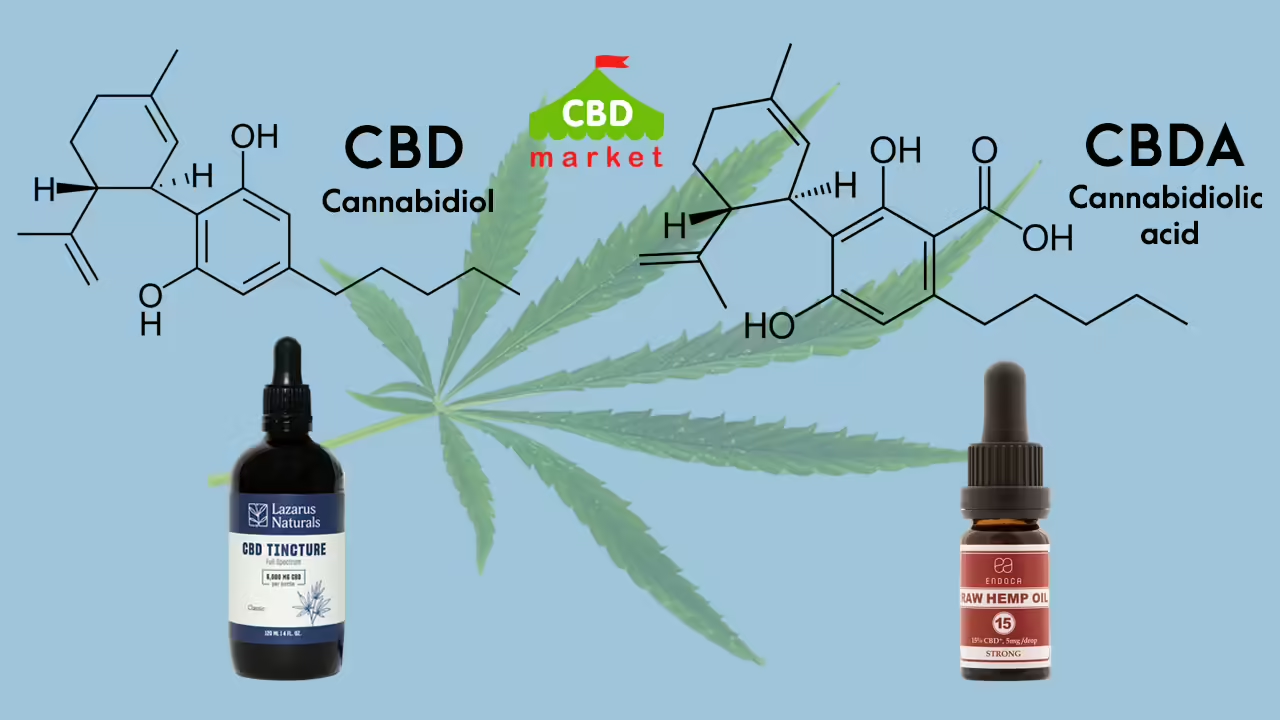
How Does CBDA Work?
CBDA also interacts with the endocannabinoid system (ECS). It does not bind to the CB1 and CB2 receptors in the ECS like THC does. Instead, it acts as an agonist to both receptors, but its main action is inhibiting the CBD 2 receptors’ COX-2 enzyme production. These enzymes catalyze prostaglandin production, which contributes to other effects.
CBDA does not directly affect the central nervous system, which contains ECS receptors. Instead, it indirectly affects the CNS through its effects on enzyme production.
How to Use CBDA?
CBDA can only be used in forms that do not require heating because heat converts it to CBD. So CBDA products include oils, tinctures, capsules and isolates.
For the highest bioavailability, tinctures are best used through sublingual administration. Place a dose of oil under the tongue and hold it for 30-60 seconds before swallowing. Some people prefer capsules because they contain precise pre-measured servings and are easy to carry. CBDA, including CBDA isolate, cannot be used in anything that will be heated, but it can be added to beverages, edibles that do not require heating and smoothies.
Except for isolate, most brands blend CBD and CBDA. For example, CBDA+CBD softgels and oils are sold. High-quality CBD brands have the amount of CBD and CBDA per serving and the total amount of each cannabinoid in the bottle stated on the label. The Certificate of Analysis (COA) will also tell you the potency of each cannabinoid.
How Are CBD and CBDA Different?
CBD and CBDA are similar in that they are not psychoactive cannabinoids, but is there a difference between CBD and CBDA? There are several.
- CBDA is a precursor chemical that forms CBD
- CBDA inhibits the COX 2 receptor, while CBD seems to be an agonist of the CB2 receptor
- CBDA has more bioavailability due to its different chemical profiles than CBD, so a lower dose is required
- CBDA is more potent than CBD, so a smaller dose is more effective than a dose of CBD
CBDA and CBD have many similarities in their effects. They both may help with sleep and other issues. It is how these cannabinoids work in the body that makes them different.
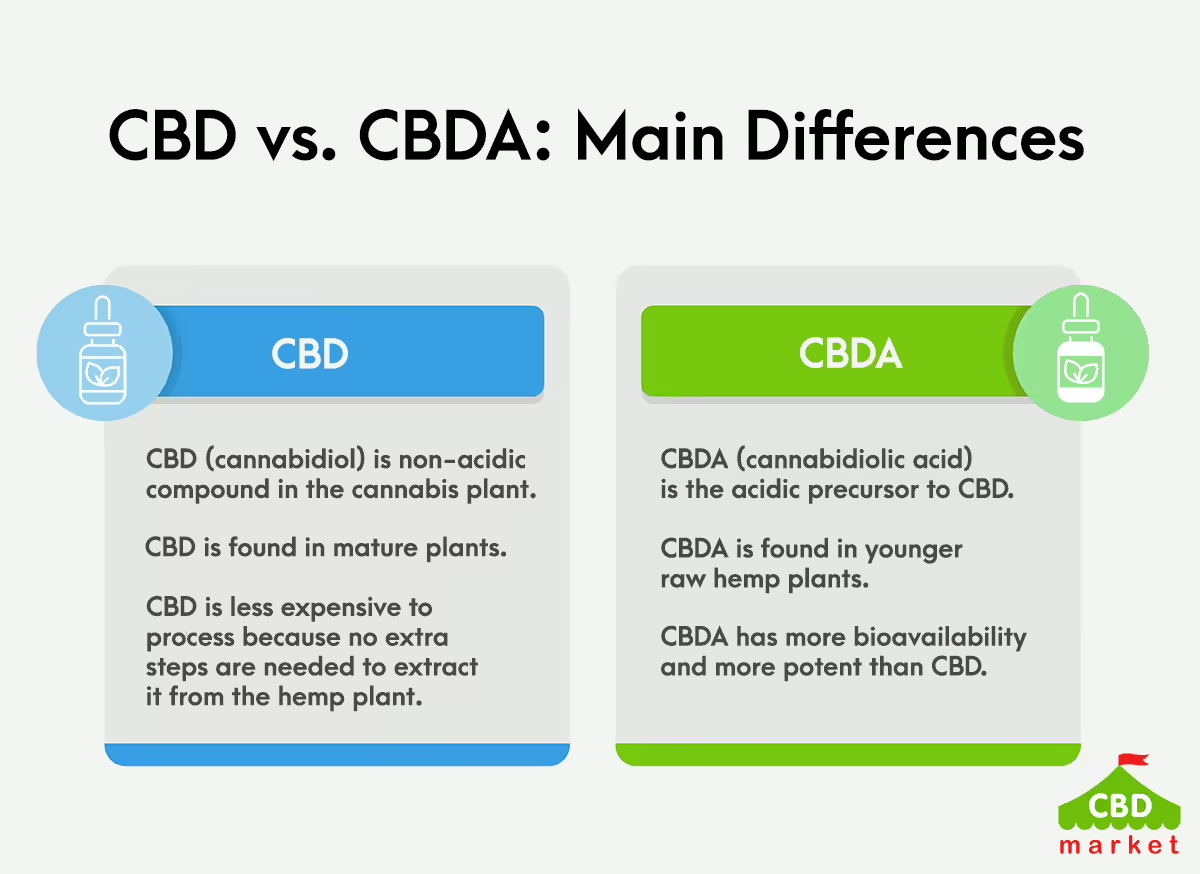
CBD vs. CBDA: Which is Most Common?
CBD is more common in products because CBDA undergoes a conversion as the hemp plant matures. The hemp plant material requires additional processing to extract enough CBDA for CBD+CBDA products or CBDA isolate products. This is one reason products with additional CBDA may cost more per serving size.
Price is heavily influenced by the amount of CBD and CBDA and the additional processing costs.
CBDA vs CBD: Which Should You Use?
This question has no simple answer because more research is needed on CBDA. Per research to date, CBDA is more potent than CBD at relieving discomfort and delivering relaxation. Since it is more potent, you can take less to achieve the desired effects. In addition, CBDA is a widely absorbed cannabinoid with a higher bioavailability.
A full spectrum product contains CBDA, CBD, other cannabinoids like CBN and CBG, a legal amount of THC, flavonoids, terpenes, and other plant compounds. This may deliver the “entourage effect,” which means you get stronger effects due to the compounds working together synergistically.
FAQs
What is the difference between CBD and CBDA?
CBDA is the acidic precursor of CBD. Found naturally in the cannabis plant, it converts to CBD through decarboxylation. When the plant is exposed to heat, the CBDA releases CO2 molecules and becomes CBD. The two cannabinoids act differently in the body. CBD is an agonist at CB2 receptors in the endocannabinoid system. CBDA is believed to influence COX-2 enzyme production. More research is needed to learn how CBD and CBDA act in the body.
Is CBDA better than CBD for relief?
CBDA is considered better than CBD for relief, but CBDA is more expensive to process because extra steps are needed to precisely extract the CBDA from raw hemp plant material.
CBD is better for addressing some issues, like sleep quality. There is very little research on CBDA for sleep, but a larger body of clinical evidence has found CBD supports sleep by producing relief.
Is CBDA stronger than CBD?
CBDA has a higher bioavailability and may produce more potent effects than CBD. The limited research has found that CBDA binds one hundred times better to the 5-HT1A serotonin receptors, making CBDA more potent for reducing nausea.
What is the process of converting CBDA to CBD?
CBDA is converted to CBD through a process called decarboxylation. When CBDA, an acidic precursor in the cannabis plant, is exposed to sunlight and air, it releases CO2. CBDA becomes CBD. Young plant material can also be exposed to artificial heat in a laboratory to trigger CBDA decarboxylation to form CBD.
The Power of Cannabinoids
CBDA is the chemical precursor to CBD, which forms when the cannabis plant is heated. Though there is not a lot of research involving CBDA, what is available demonstrates it has potentially enormous therapeutic potential. For some wellness issues, scientists believe CBDA may even prove to be more effective than CBD.
Many products combine CBD and CBDA because the cannabinoids can work together to enhance the effects. The research is backed by millions of positive consumer reviews sharing their CBD experience. CBDA combined with CBD may produce an entourage effect, but CBDA isolate is also available for those who want purity. More will be learned as clinical trials continue.
Sources
- https://pubmed.ncbi.nlm.nih.gov/37836465/
- https://www.ncbi.nlm.nih.gov/pmc/articles/PMC9400326/
- https://pubmed.ncbi.nlm.nih.gov/37953193/
- https://link.springer.com/article/10.1007/s13562-023-00847-z
- https://www.ncbi.nlm.nih.gov/pmc/articles/PMC10095267/
- https://www.cancer.gov/publications/dictionaries/cancer-terms/def/hyperalgesia
- https://www.ncbi.nlm.nih.gov/pmc/articles/PMC3682714/
- https://pubmed.ncbi.nlm.nih.gov/37047798/
- https://pubmed.ncbi.nlm.nih.gov/14965321/
- https://www.mdpi.com/1422-0067/24/7/6827
- https://pubmed.ncbi.nlm.nih.gov/29980818/
- https://www.ncbi.nlm.nih.gov/pmc/articles/PMC3682714/
Share this post


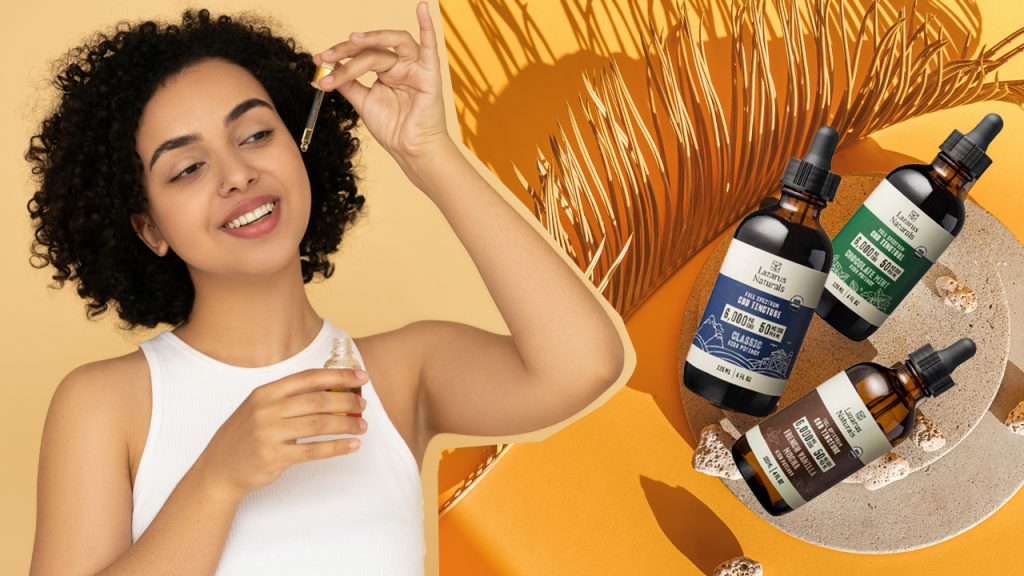
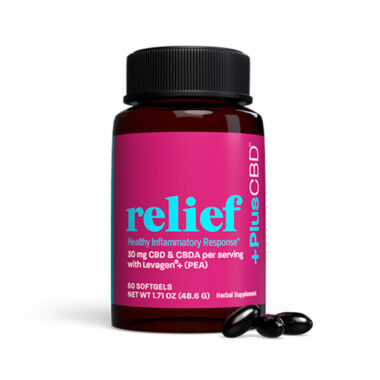
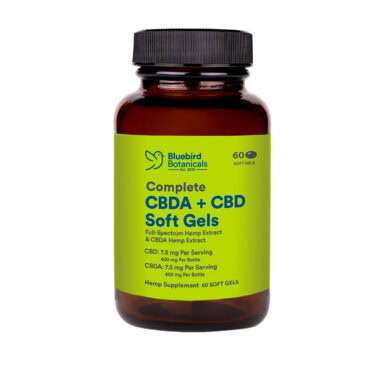
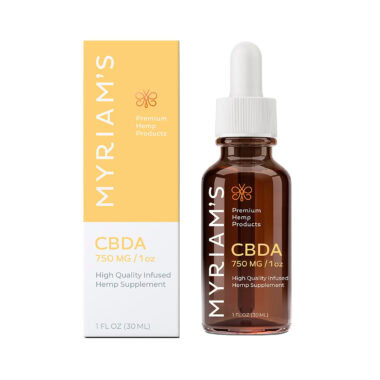
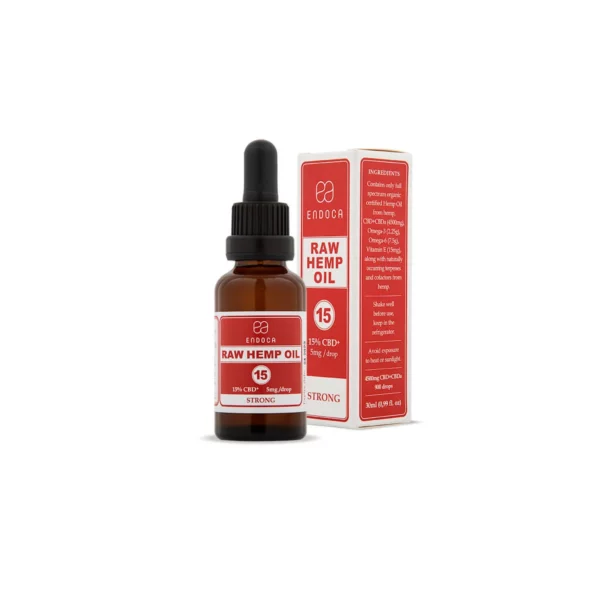
0